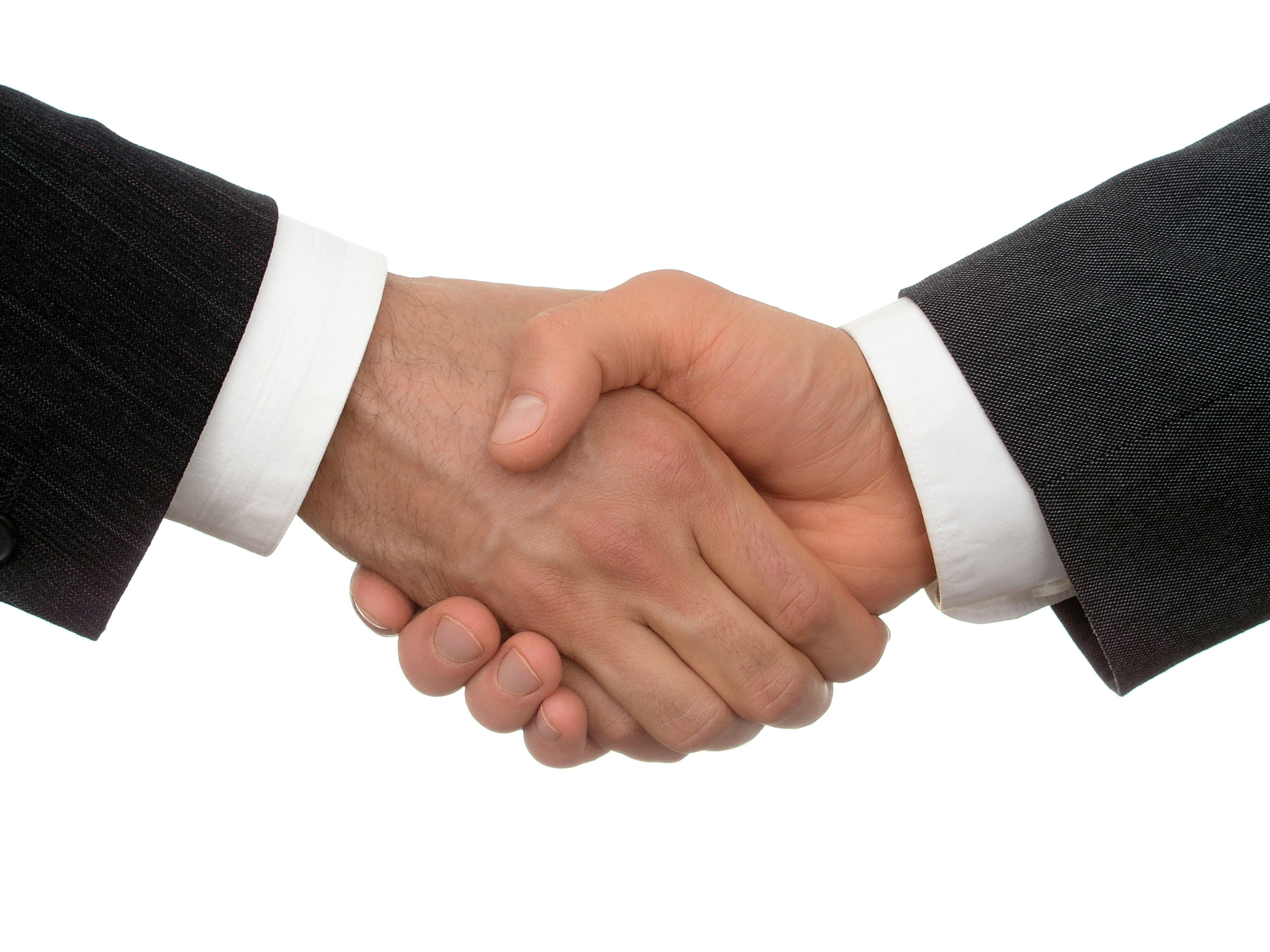Code Green Solutions


In the recent McKinsey Global Survey of over 3,300 executives representing a diverse range of industries, respondents reported that sustainability is increasingly becoming a key component to their companies’ strategy. Over 40% of executives surveyed say that their company will “seek to align sustainability with their overall business goals, mission, or values” which is double the 20 percent from the 2010 survey. Does this mean that sustainability leaders have finally sealed the deal and proven the business case for sustainability?
In the real estate industry, cutting through the complexity of building operations, tenant activities, and affected stakeholders is no easy task. Yet the USGBC’s Leadership in Energy and Environmental Design (LEED) building rating program, which requires an integrated approach to achieving results, continues to cut through this complexity and thrive as a voluntary engagement framework. Case in point, as the 2014 summer comes to a close, over 23,000 LEED certified commercial projects encompassing 3.2 billion commercial square feet have certified under LEED.
Regardless of these existing successes, many of us at USGBC are still frequently asked, “What’s the business case for LEED?” The go-to simple answer in these situations is: “It depends on your specific circumstance.”
While “it depends” is by no means a compelling closing argument, this alludes to the fact that over 23,000 owners and project teams have already found their business case for LEED.
Since the inception of green building, the market has tried to quantify incremental investments, savings and paybacks. One of the earliest adopters of green building, Turner Construction, continues to research the barriers of green building that hinder widespread market adoption. In Turner Construction’s 2012 Green Building Market Barometer, the conclusion found it is “remarkable that after ten years of data showing the cost premium for Green buildings averages between zero to 2%, [yet] so many decision makers still see the costs of construction to be an obstacle.”
Sweet Group and BREEAM’s most recent publication Delivering Sustainable Buildings: Savings and Payback [August 2014] found that achieving even the highest levels of the BREEAM rating system requires very little additional cost. “Targeting the higher BREEAM ratings, which equates with more challenging sustainability levels, incurs some additional cost but this is typically less than 2%. The study of operational costs shows that this can be paid back within 2–5 years through utility cost savings.”
While this research is moving the industry in the right direction, most of these figures depend greatly on space type, day-to-day operations, and many other variables. Thus, a one-size-fits-all business case for LEED, green building, or sustainability does not exist. Instead, we need to explore the different ways that successful organizations have already established their business case. Understanding how the leaders of peer organizations established their own compelling arguments will help others align their sustainability goals with their business’ vision, mission, and core values.
Stayed tuned for the next installment where we hear from a sustainability trailblazer and ask, “What’s your business case for sustainability?”